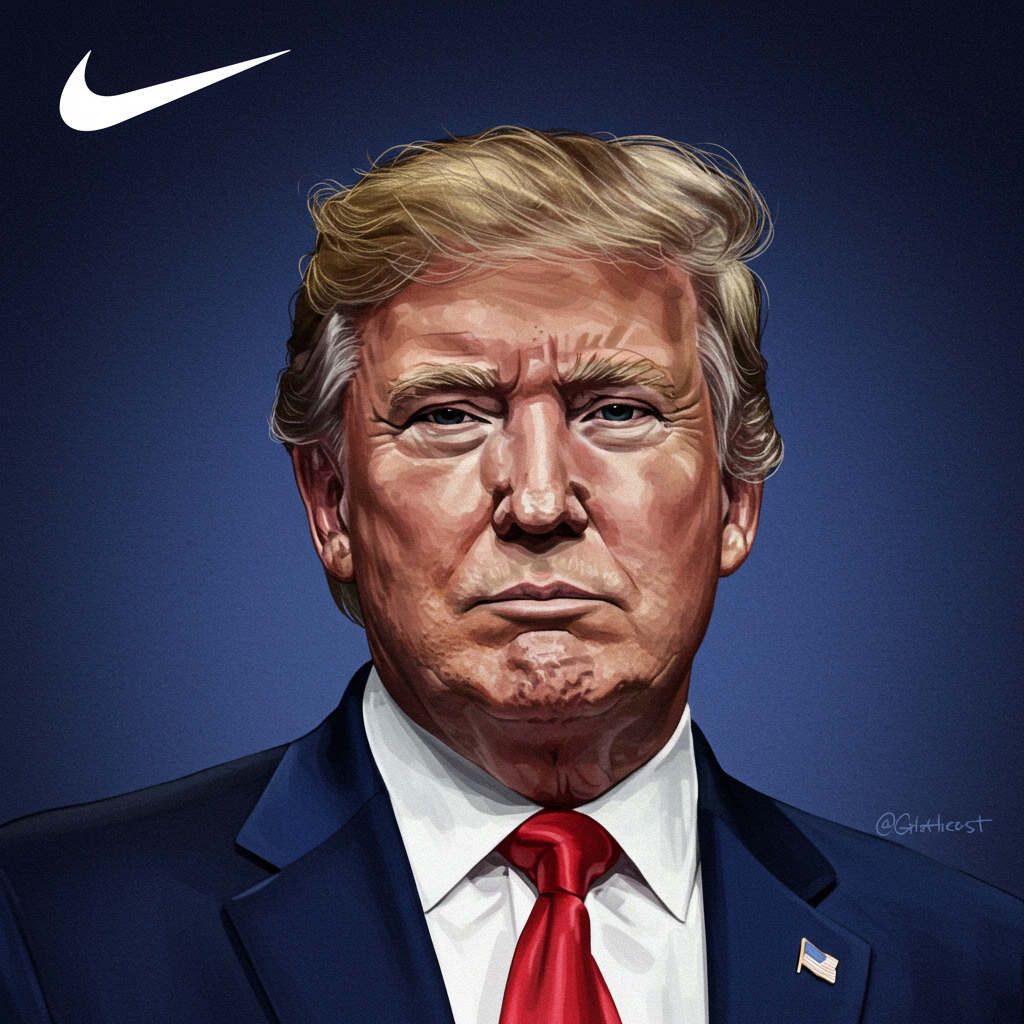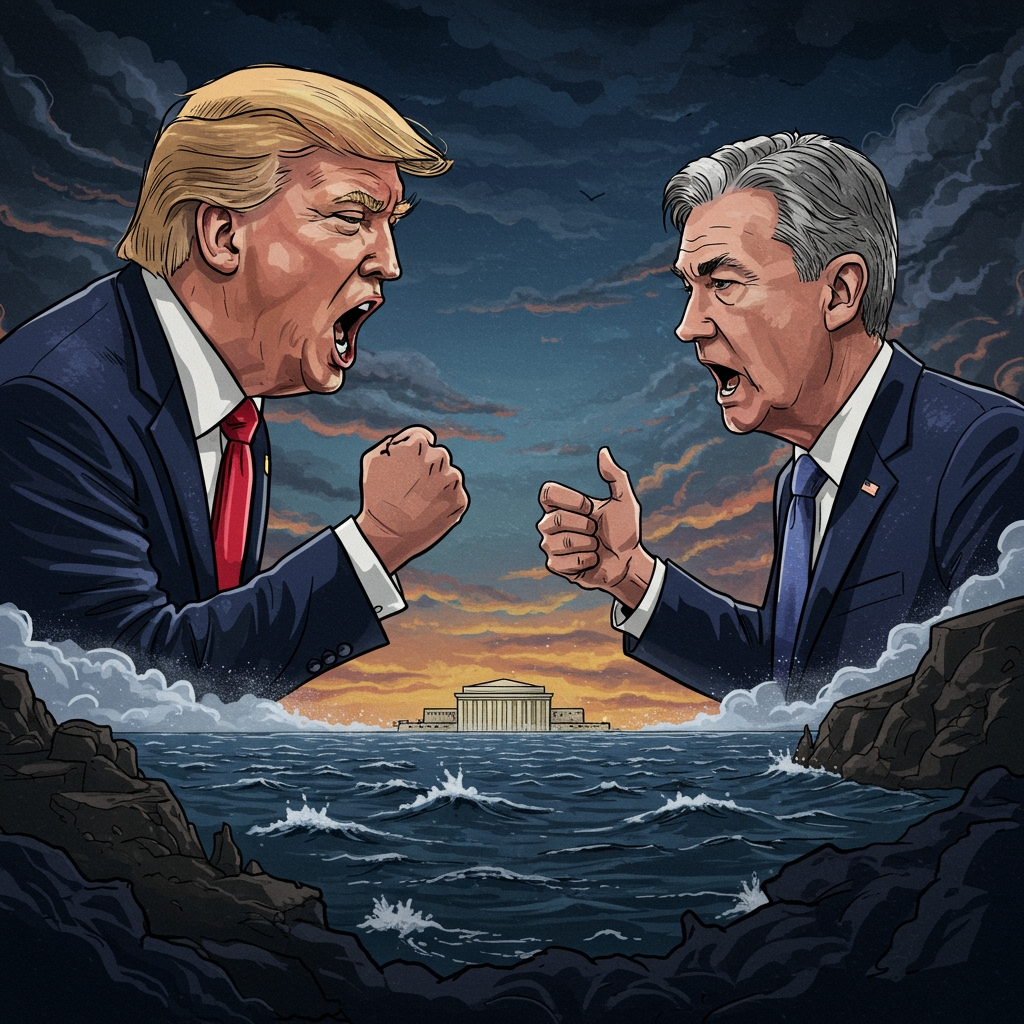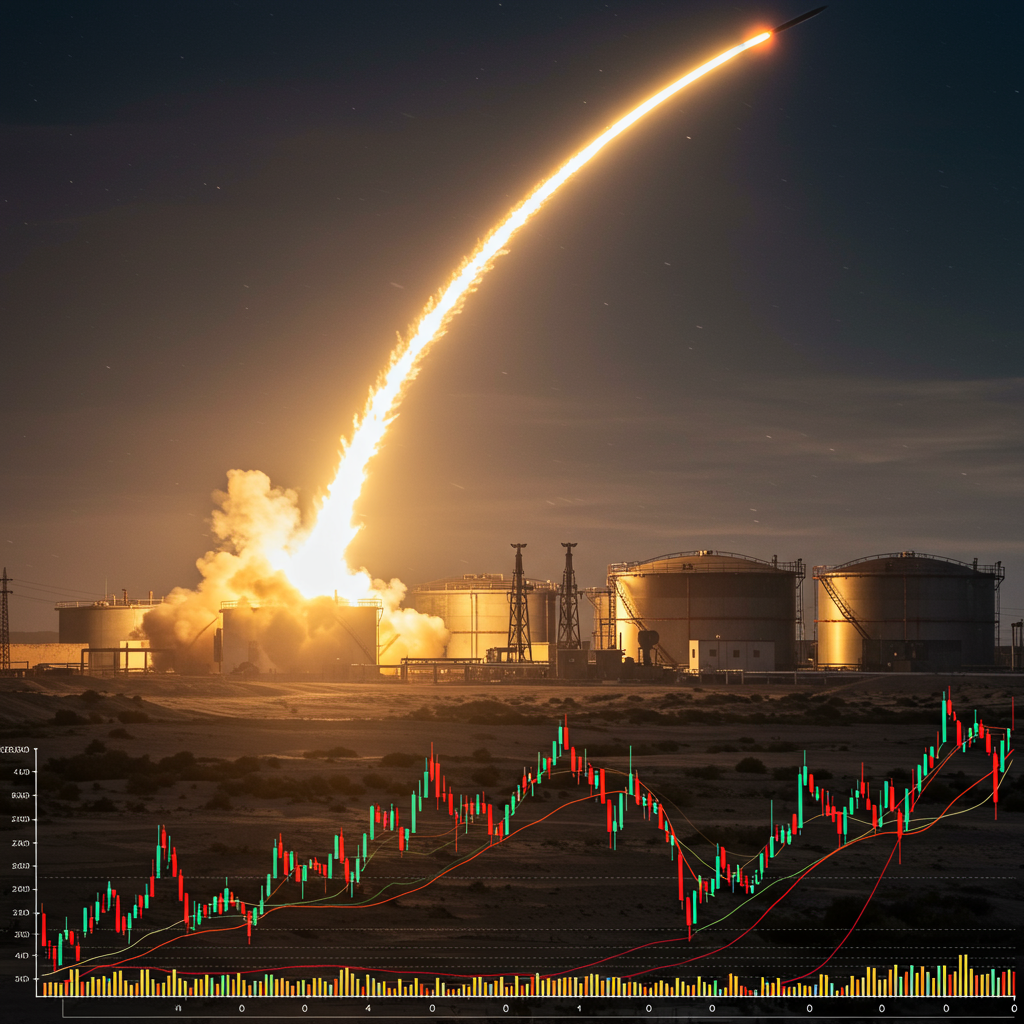Global sportswear giant Nike is sounding the alarm over potential cost increases stemming from proposed US trade policies. The company estimates that tariffs initiated by US President Donald Trump could add approximately $1 billion (£730 million) to its expenses this year.
The potential financial impact is prompting Nike to re-evaluate its global supply chain. Executives have indicated plans to significantly reduce the company’s reliance on manufacturing goods in China, a country heavily targeted by higher tariffs. This strategic shift aims to mitigate the effects of ongoing US trade disputes.
Currently, about 16% of Nike’s footwear destined for the US market is produced in China. The company’s chief financial officer, Matthew Friend, stated this figure is targeted to decrease to a “high single-digit percentage range” by the end of May 2026.
Beyond restructuring production, Nike is also preparing consumers for potential price adjustments. Following a move by rival Adidas, which also warned of cost hikes due to tariffs, Nike announced it would raise prices on some trainers and apparel sold in the US beginning in early June.
Despite the looming tariff burden, Nike’s recent financial reports showed some positive signals. The company’s shares climbed more than 10% in extended trading after forecasting a smaller first-quarter revenue decline than analysts anticipated. Earnings for the last three months also surpassed estimates, although its reported quarterly revenue of $11.1 billion marked its lowest figures in over three years.
Understanding Trump’s Trade Policy and Tariffs
Tariffs are essentially taxes levied on goods imported from other countries. These taxes are typically paid by companies bringing the goods into the US, and the cost is often passed down to consumers through higher prices or can lead to reduced import volumes.
President Trump’s administration has employed tariffs as a key tool in its “America First” economic strategy. The stated rationale includes encouraging US consumers to buy domestically produced goods, boosting government revenue, attracting investment, and reducing the US trade deficit. Tariffs have also been linked to broader demands on issues like immigration and drug trafficking.
On April 2nd, the administration announced sweeping tariffs on goods from various countries. While many of these were later suspended or reduced to a baseline of 10% on April 26th to allow for trade talks, a 90-day pause is set to expire on July 9th, raising questions about future rates. Some trading partners, particularly China, faced even higher initial rates, leading to reciprocal tariffs and escalating trade tensions between the two economic powers.
Trump has maintained that trade talks are progressing, citing a recent agreement reached with China regarding critical rare earths minerals and potential deals with other nations like India. However, he has also warned that not all countries will secure favorable agreements, suggesting some may simply face significant tariff increases – potentially 25%, 35%, or even 45% – as an “easy way” forward.
Wider Economic Implications of Tariffs
The impact of these tariffs extends far beyond individual companies like Nike and Adidas. Economists and international bodies have warned that the policies contribute to significant global economic instability.
Supply Chain Disruptions: Companies worldwide are facing pressure to restructure their manufacturing and sourcing locations, as seen with Nike’s planned shift from China.
Increased Costs for Businesses and Consumers: Tariffs directly increase the cost of imported goods. Companies may absorb some cost or pass it on, leading to higher prices for consumers on everything from shoes and clothing to cars and potentially even food items and electronics that use imported components.
Global Growth Slowdown: Organizations like the International Monetary Fund (IMF) and the Organization for Economic Co-operation and Development (OECD) have downgraded global economic growth forecasts, citing rising trade barriers as a major factor. There is also increased concern about a higher likelihood of recession in major economies.
Strain on International Relations: The imposition of tariffs has led to retaliatory measures from other countries, sparking fears of a broader “trade war” that could further disrupt global markets and strain relationships with key trading partners and allies. Some countries, like Australia, have estimated potential economic blows worth billions from the tariffs and the knock-on effects of a global trade conflict.
- Broader Economic Measures: The tariff strategy is part of a wider approach to global trade and finance. For example, a proposed tax on remittances sent abroad by foreign workers in the US, another measure under consideration, could significantly impact countries heavily reliant on these funds, such as India, potentially affecting household budgets and national foreign exchange reserves.
- www.bbc.com
- www.bbc.com
- www.theguardian.com
- www.bbc.com
- www.bbc.com
While the specific details and ultimate impact of Trump’s future tariff decisions remain uncertain as the July 9th deadline approaches, the current trade landscape presents significant challenges for multinational corporations like Nike, forcing strategic shifts and impacting costs across the global economy.




